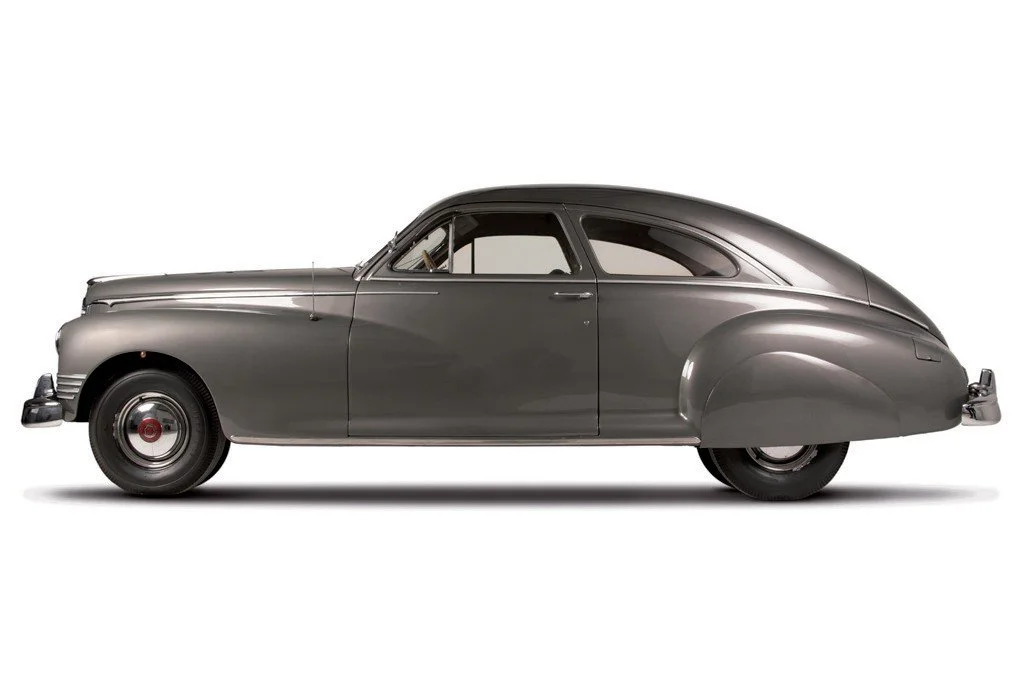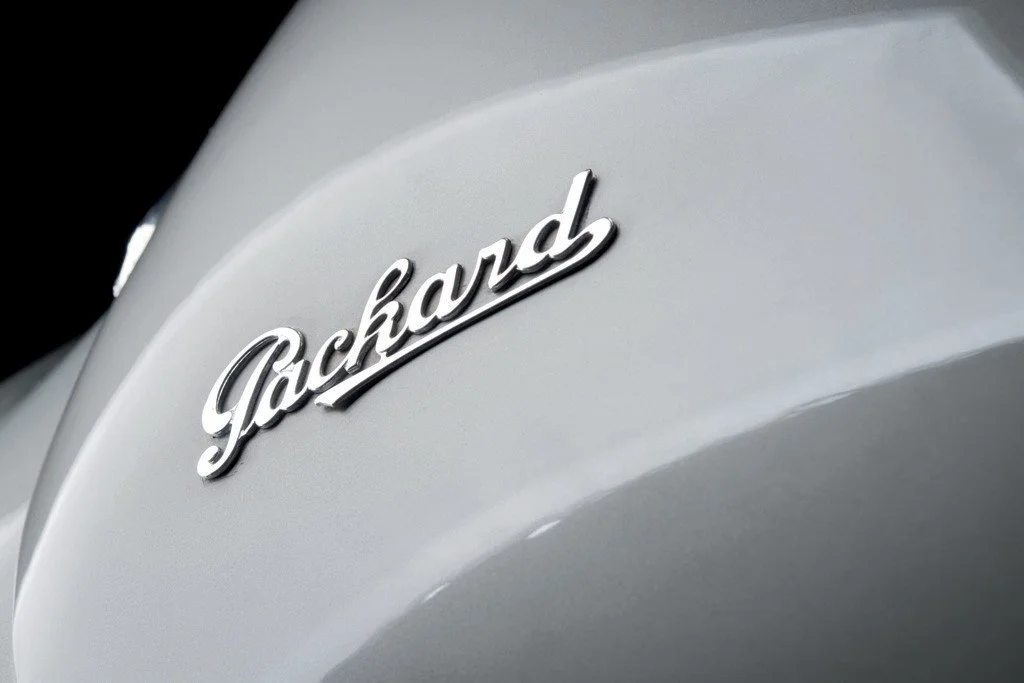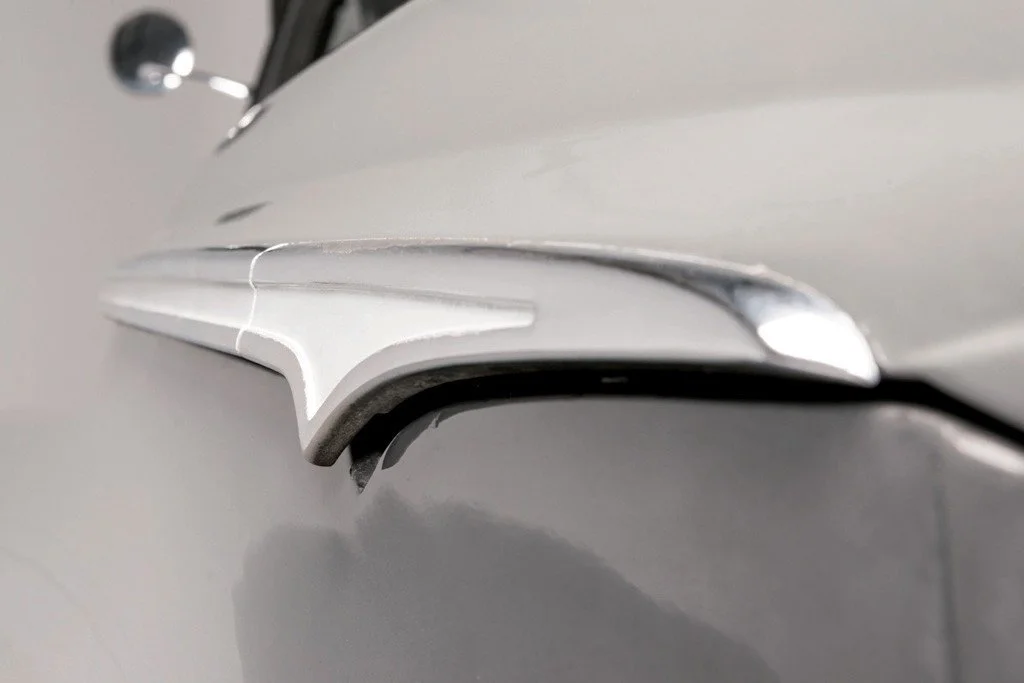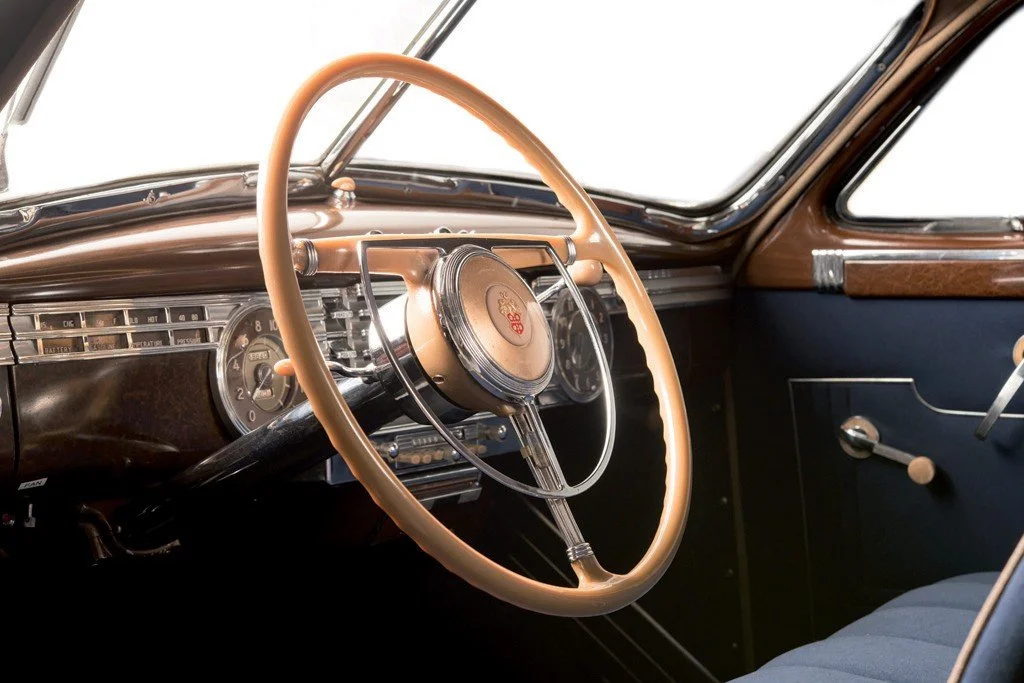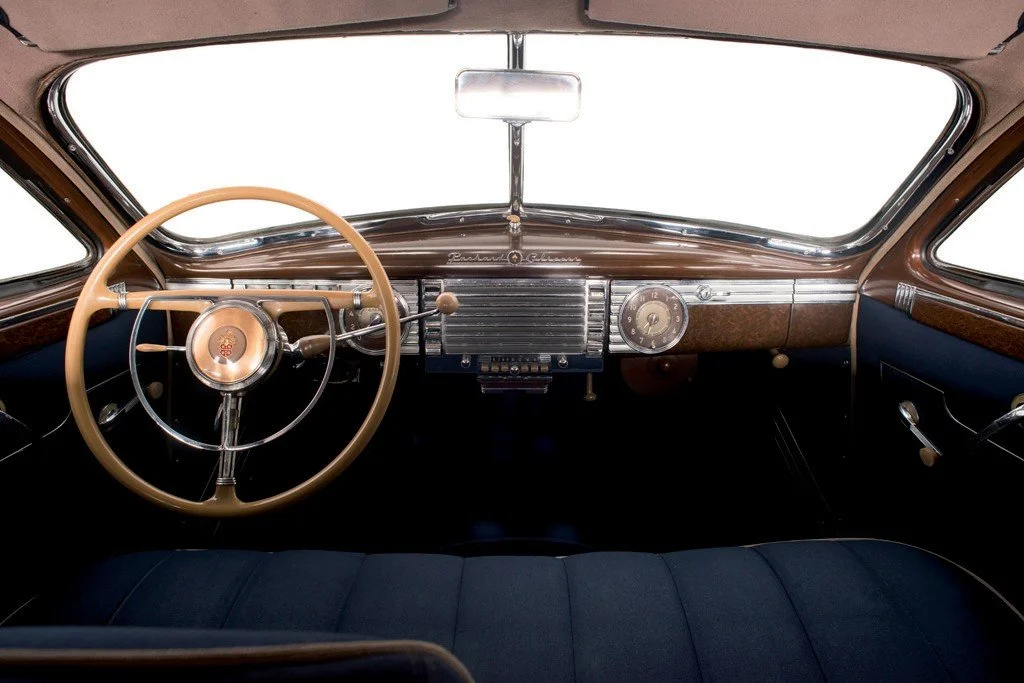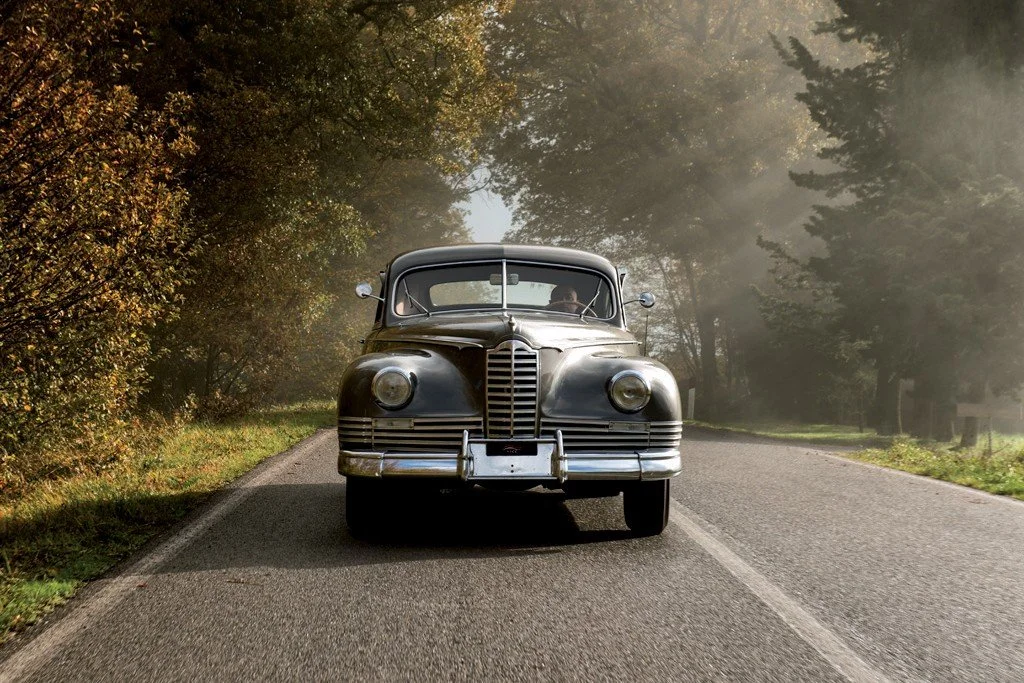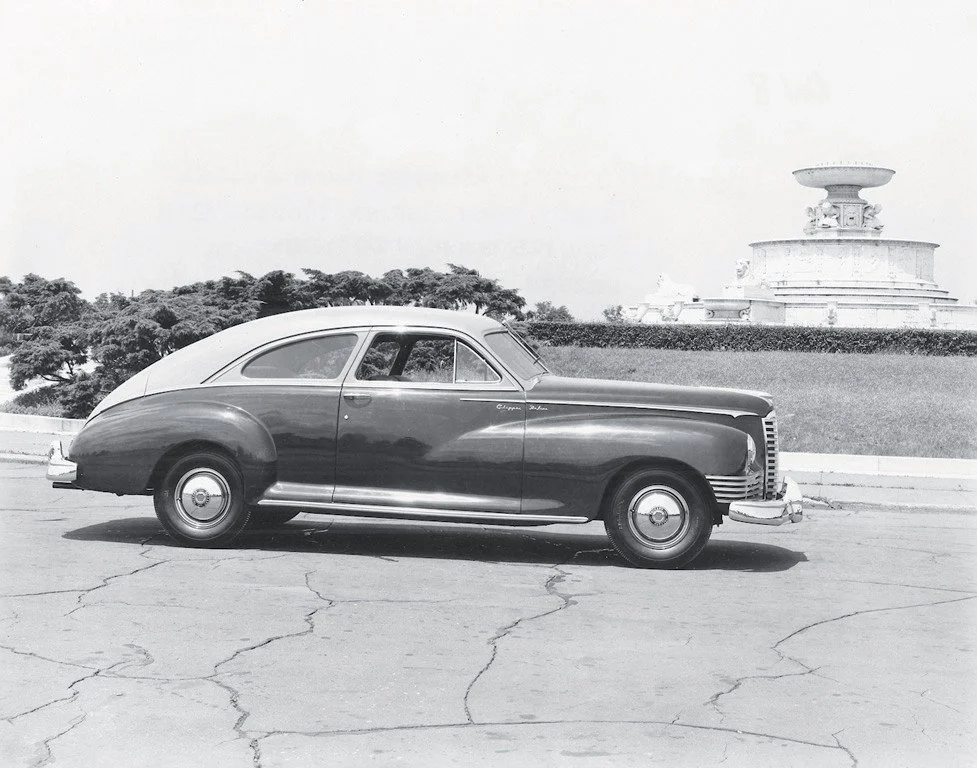-
Buick is the make of American car most represented in the Nicola Bulgari Collection. Highlighting this brand is a model from 1928: a Master Six Series 120, in the 5-passenger 4-door Sedan version.
The car joined the Bulgari Collection in 1969, purchased from the Italian collector Mario Righini. The Master Six stayed put until 1998 when a moderate restoration began, with the body being partially repainted as it was in good condition thanks to a previous restoration. In particular, the door handles were renovated both inside and out. The interior is extraordinarily well preserved with its original upholstery and real wood decorative touches to complement it. The body paintwork is in the shade Premier Blue with contrasting lateral red stripes, while the interior is in the typical color Green of the era with cloth seats.
Like all the Buick Master Six models of the period it has an overhead valve six cylinder 274 cu. in. engine which does not exceed 2800 rpm. Another distinguishing feature of this car are the unusual wired wheels instead of the standard 12 spoked rims. A forefather of the Buick brand from the last year before The Great Depression. -
Company
General MotorsWheelbase
120inInterior trim
Green clothBrakes
front and rear drumsMake
BuickLength
183.5inEngine
inline 6 - 274cidTires
6.00x18Model
Master Six - Series 120 - Model 47Width
76.5inCarburetor
1 Marvel T4Original Price
$1,495Body style
4-door SedanWeight
3920lbsHorsepower
77hp @ 2800rpmProduction
34,197Model year
1928Exterior paint
Premier BlueTransmission
3-speed manual -
Buick's styling for 1928 featured thinner windshield and corner posts (on closed models) standard hood emblems and smooth-surfaced fenders. The older, barrel-shaped headlight cases gave way to bullet-shaped version which, along with the radiator windshield molding and hood fasteners, were nickel-plated. Giving the Buick a new face was a smoother radiator shell, which shed almost all that had remained of its Packard-look.
A new stronger, double-drop frame with deeper side channels allowed body height to be reduced by 3 inches. A noteworthy improvement in handling and roadability was attained by the use of 4-wheel Lovejoy hydraulic shock absorbers on all models. Engine changes for 1928 were highlighted by reshaped hemispherical combustion chambers.
Interior improvements were led by Buick's adoption of the standard H-shift pattern, an adjustable steering column and dash-mounted engine temperature and fuel level gauges. Plush mohair was used for the upholstery.
Also added to the Buick's standard equipment list for 1928 were Wolverine bumpers. All Standard Six models (Series 115) had dash-mounted gas gauges and painted headlight shells. The exceptions to the latter were Models 24 and 25, which had chromed shells.
A new DeLuxe 4-door Sedan was added to the Master Six line (Series 120) while Models 54CC (Convertible Coupe) and 40 (2-door Sedan) were eliminated. The 4-door Sport Touring Master Six was the only Buick offered with standard side mounts. All Master Six models had chromed headlight shells. A new model on the 120” wheelbase chassis was the 47S, 5-passenger DeLuxe Sedan. Its back was leather trimmed and was fitted with side landau hinges. Interiors were finished in Taupe and Green figured-design plush mohair. All closed models in both series had wide doors, new outside door handles and rear compartment carpets. The Master Six Buicks on the 128” wheelbase has a 128 Series designation.
The engine for all Standard Sixes is a six-cylinder inline 207 cu. in. with 63 hp, while the Master Six featureshas an inline six 274 cu. in. with 77 hp.
For 1928 Buick adopted the standard SAE shift pattern, although the company did make available a conversion kit for traditionalist who preferred to shift their Buicks as they always had. Perhaps one of the reasons for the change was to make things easier for the hordes of former drivers of other American cars whom the people in Flint confidently expected might be likely to step up to a Buick in 1928. Given the sales figures for the year, the effort was really not necessary.
Buick production for calendar year 1928 would slip again, to 221,758 units, a thirteen percent decrease. Industrywide, there was an increase of thirty percent. Buick's share of the market fell to 5.8 percent.




